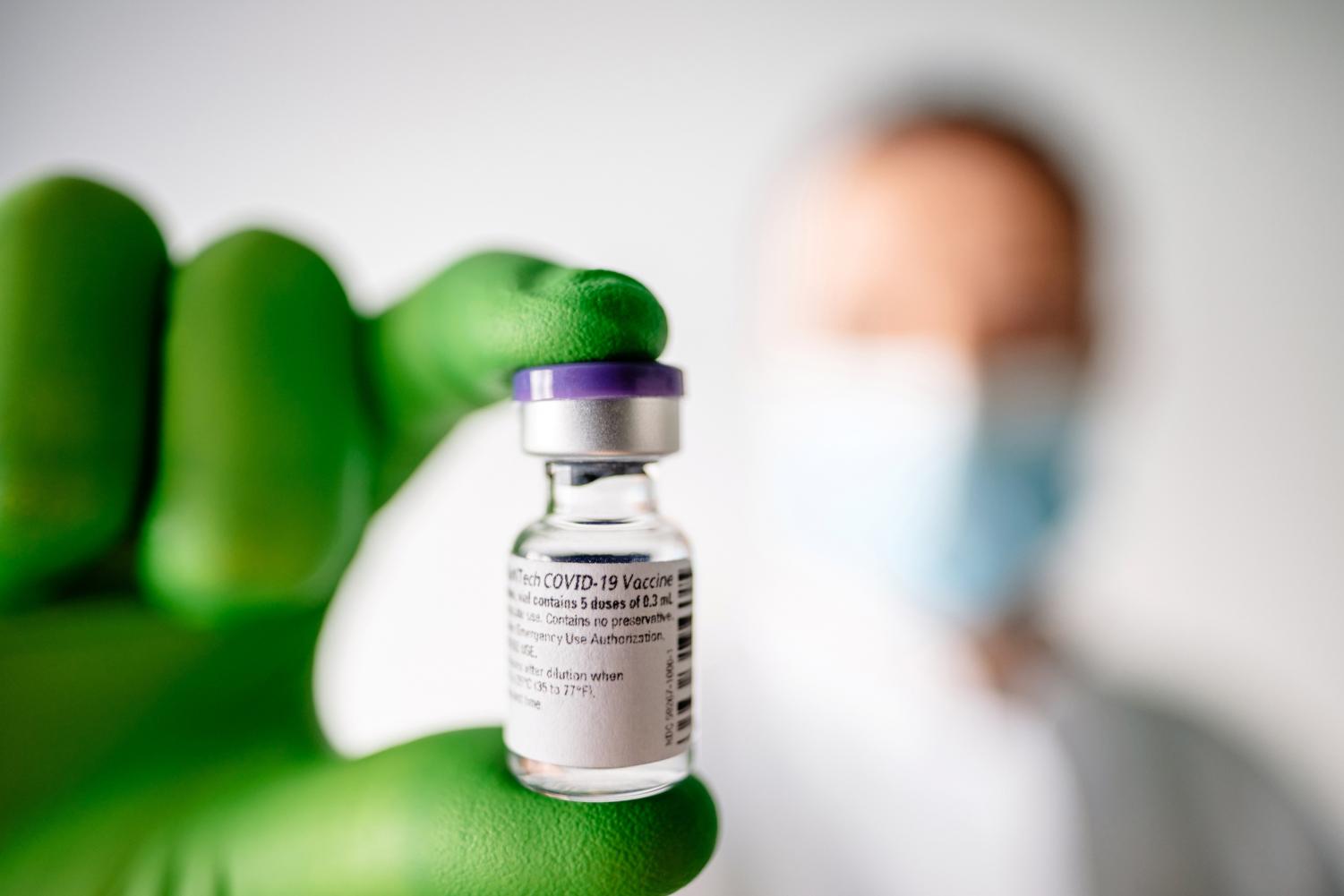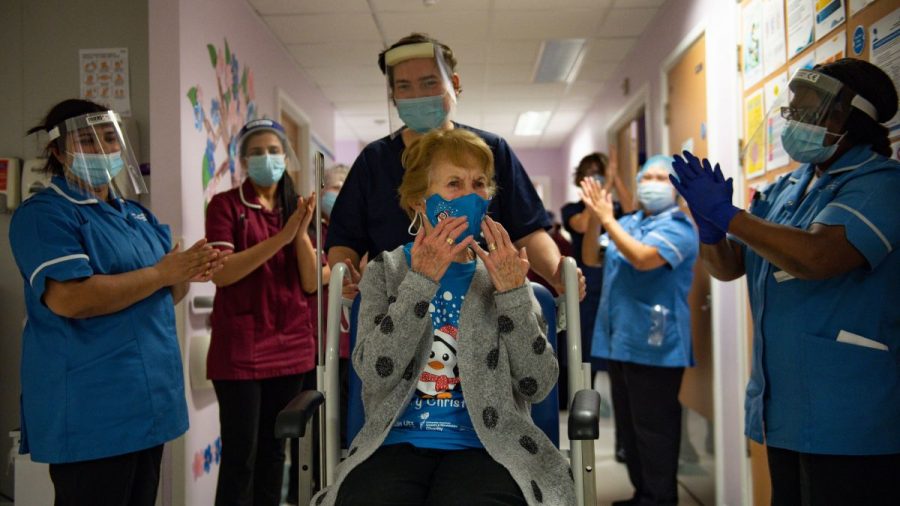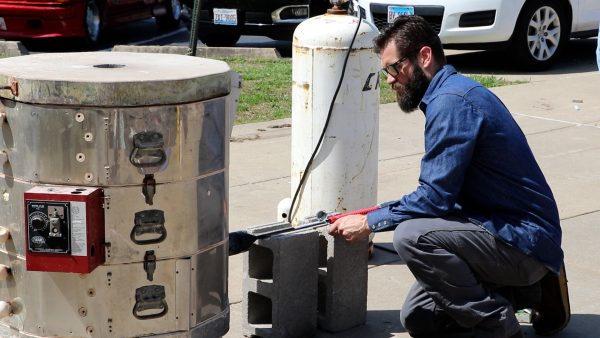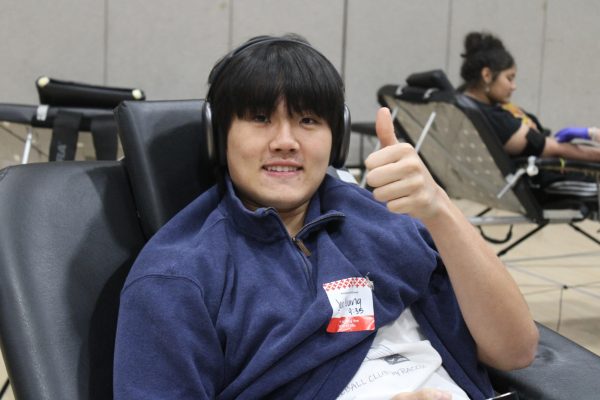COVID Vaccine Rollout for Illinois
COVID Vaccine Rollout for Illinois
The Vaccines
COVID 19 vaccines under development by Pfizer, Moderna, AstraZeneca, and Johnson & Johnson are all in their final stages of development before they can be released to the public. Though it is likely the FDA will approve the vaccines by Pfizer and Moderna soon, it is unlikely that the public will be vaccinated in large numbers for a while to come.

The issue lies in two main areas: production and distribution.
On the production side, these vaccines are very sensitive to external conditions like temperature and humidity, which slows production. Even still, Operation Warp Speed has sped vaccine production to much higher rates than could ever have been expected with any other vaccines. It is likely that though production of the vaccines may be slow, the sheer volume of production can overcome this obstacle.
On the distribution side is where things get very tricky for hospitals. The COVID 19 vaccines use a new method of vaccination: viral RNA. In most vaccines, a skeleton or genetically modified version of the virus being vaccinated against is injected into the patient so the immune system can learn how to defend against it. COVID 19 is different, however. The Coronavirus is much better at camouflaging itself among the body’s healthy cells than other viruses, meaning injecting the skeleton of the virus wouldn’t produce a strong enough immune system reaction to protect patients. Instead, doctors are using isolated COVID 19 RNA as a more direct means of teaching the immune system. Why is this important? Well, RNA is a very unstable molecule outside of living organisms, it breaks down easily at room temperatures and even below freezing. This means that to safely transport the viral RNA, it must be stored at anywhere from –20C to –70C (-4F to –94F) depending on the vaccines. Most hospitals do not have refrigeration systems cold enough to store the colder vaccines safely. The vaccine makers have also been developing temporary freezing systems that last long enough for the vaccines to be stored for a few days, but the short shelf-life causes many challenges.
The vaccines must also be administered in two doses separated by a day as well, so it will be a challenge for healthcare officials to keep track of who has received which dose and when. Recipient return rates may also be an issue, though it is still too early to say for sure.
Illinois and CCHS

What does all of this mean for Illinois or students of CCHS? Well, the Illinois Department of Public Health has said that it is ready for vaccine distribution as early as this week. Illinois will receive 109,000 vaccines and is prioritizing them for the 50 counties with the highest deaths per capita. Of the 109,000 the majority will be going to healthcare workers and long-term care residents – those most at risk. Jackson County is not a priority for vaccine rollout right now considering our relatively low death rate.
As for CCHS, Principal Ryan Thomas was optimistic. “I’m very excited to hear about this vaccine news,” he said, “I hope this is the first step to getting students back to in-person schooling.” When asked about what metrics would be used to return to in-person learning, he said “We mostly rely on the Jackson County Health Department’s guidelines, we will not return to in-person until the JCHD says it is safe. Our number 1 priority with the return is our students’ safety.”
It is unclear when Carbondale will begin receiving the vaccines as it is still too early in vaccine production to tell. It is likely that Jackson County will follow Illinois’ steps of prioritizing the vaccines to prioritize healthcare workers and long-term care residents. Still, it is looking good for most of the US to be vaccinated by early 2021.






